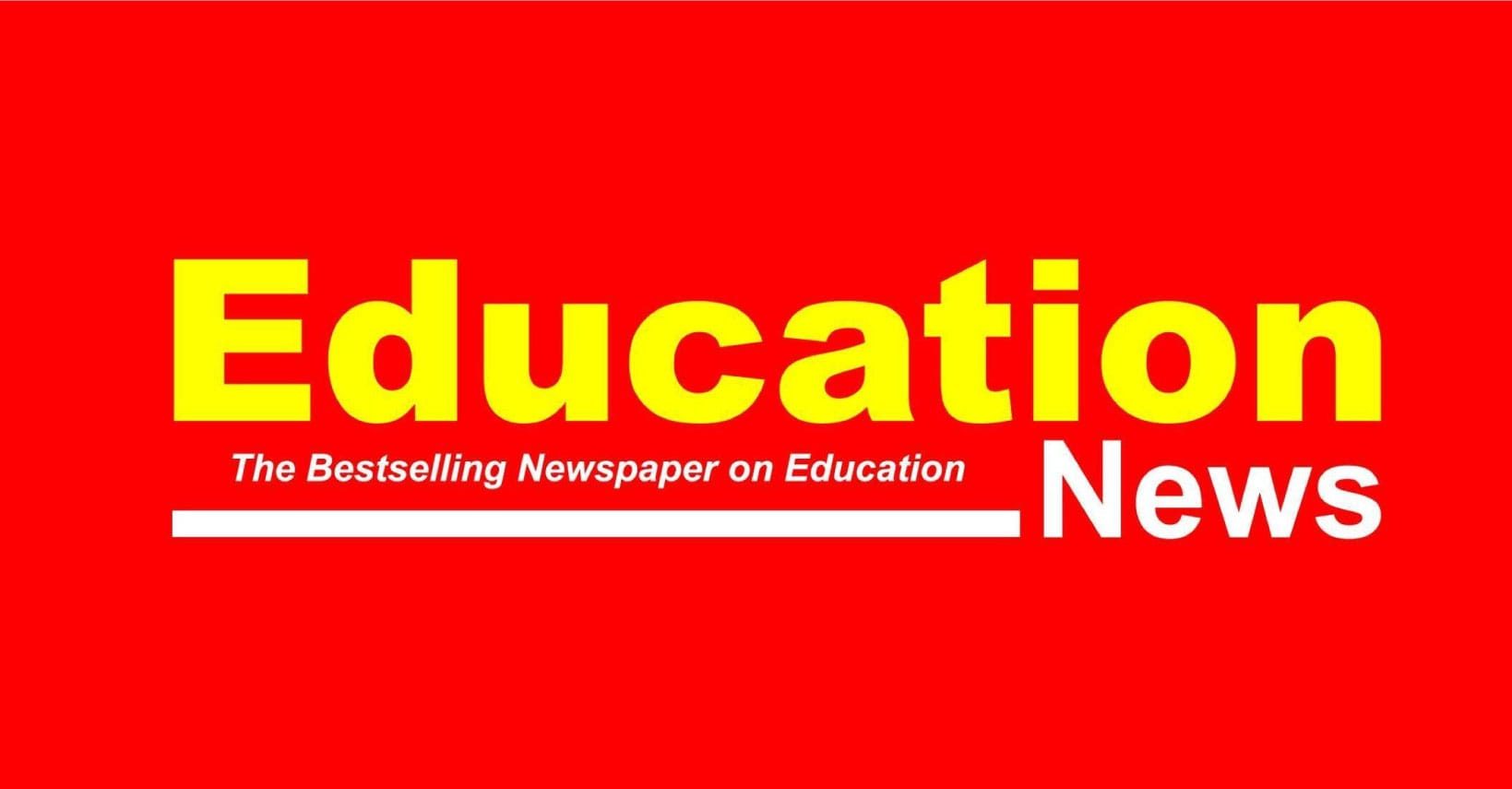A hook. It is what allures, entices, tempts, tantalises, fascinates, enchants, attracts, bewitches, captivates, catches and hypnotises. It is what makes you remember, and gets you to buy a product, stay tuned to a show, or keep reading.
A hook is a statement or an object used specifically to grab people’s attention. Hooks manifest before us every time we glue our eyes on television screens. This also happens when we listen to the radio; look at magazines, read books and newspapers. Newspapers employ hooks in the headlines. Putative authors also use hooks when constructing titles and chapters of books. It is how they strive to entice and enthuse avid readers.
Therefore, the first thing you must do when speaking in public — is to capture and captivate their attention. In How to Get Your Point Across in 30 Seconds or Less, Milo O. Frank posits that powerful presenters hook the audience through wise use of humour, narratives and visual aids.
Wise use of humour
A hook can be a serious, dramatic, or humerous statement. Wise use of humour captures people’s interest. Although, if it is dull and dry as dust, it can fail flat to accomplish its purpose, which is to get the desired attention and concentration.
Speakers should pepper the messages they do deliver with good ingredients used in proper proportion. There should be wise use of mature sense of humour. If the messenger fails to employ good sense of humour, the message may come out dry and dreary. The communicator may appear to be boring and humdrum. The speech may lack the lustre.
ALSO READ:
Nyamira Sub-County boss asks chiefs to close noisy pubs as national exams begin
When the speech is humdrum, the audience may even choose to loathe the narrator. People in the audience may even sleep. Their mortal minds may go for an epic journey. They may drift in and out of concentration like mischievous monkeys. The audience may wear long lugubrious faces like those of donkeys. They may yawn or look dead.
Wise use of narrations
You can never be sure of the reaction of a joke as a hook. So, why take chances? The best humerous hooks are anecdotes and personal experiences. They are excellent hooks, as long as they relate directly to the presenter’s objective.
Great speakers employ narration technique to address the audience. This include: use of anecdotes, biographical facts and personal stories and allusions. Narration techniques works best in inspirational speeches, eulogies, memorial addresses, political speeches, homilies, sermons and public lectures.
An anecdote is a short narrative of a single event — told as being striking enough to bring out the point. On the use of biographies, Public Speaking has much to do with personalities in history. Therefore, a good public speaker should know a lot of history — in order to spice the speech(s) with relevant allusions. Preachers talk about Jesus of Nazareth, and various Biblical characters like Moses and Apostle Paul of Tarsus.
Then, knowledge of notable figures in history such as Mahatma Gandhi, Nelson Mandela, Helen Keller, Rosa Parks, Martin Luther King, and more, is of paramount importance in delivery of phenomenal speeches. You can also use your story to touch the audience. When you share your own experiences — you connect quite well with the audience. You have a peculiar story that no one else can tell. Do not fear to share your unique story, it can entice glory.
ALSO READ:
Kibabii Varsity coach honoured during Mashujaa Day celebrations
Wise use of visual aids
Sometimes, the best hook is visual rather than verbal. This underscores the essence of using of chats, props and PowerPoint while facilitating a training. When you use PowerPoint, you must be very careful. For in the professional speaking industry, there is something known as Death by Power Point. You can read more about that in Speak to Win by Brian Tracy.
Some speakers rely on PowerPoint Presentations so heavily to an extent that their personalities and the essence of their presentations diminishes as they move from point-to-point on the screen. Some presenters goof when they consider PowerPoint as the central plank of their presentations. They forget about the potency of their voices, words and gestures.
Yet — this is how it should go. If you purpose to use PowerPoint or any prepared visual outline, you should use them as tools that keep the focus of your audience on your face and personality. Bring up one concept at a time. Discuss it. Explain it. Before bringing in the next one.
By Victor Ochieng’
The writer rolls out Upskilling Training Programmes in Public Speaking.
vochieng.90@gmail.com. 0704420232
You can also follow our social media pages on Twitter: Education News KE and Facebook: Education News Newspaper for timely updates.
>>> Click here to stay up-to-date with trending regional stories
>>> Click here to read more informed opinions on the country’s education landscape






